Batik & ikat are everywhere this season. They appear on everything from clothes, accessories, shoes to home decor. For more on batik & ikat, read below.
Photos Courtesy of Conde Nast Publications
Photographer: Thomas Iannaccone
Model: Rea/Wilhelmina; Hair by Jason Murillo/Defacto for Redken;
MakeUp by Javier Romero/KenBarboza.com; Fashion Assistant: Justine Henley
Model: Rea/Wilhelmina; Hair by Jason Murillo/Defacto for Redken;
MakeUp by Javier Romero/KenBarboza.com; Fashion Assistant: Justine Henley
L.A.M.B.’s silk dress; Porter Grey’s wool tweed dress (worn as jacket) and Line Knitwear’s cashmere turtleneck. Anndra Neen bracelet; Matt Bernson boots.
Preen by Thornton Bregazzi’s silk and wool dress and belt and
Line Knitwear’s cashmere turtleneck. Ben-Amun cuffs.
0039 Italy’s cotton blouse; Camilla’s cashmere, wool and modal sweater
with Swarovski Elements; Araks’ wool pants. Ben-Amun necklace.
Shoshanna’s silk dress and Karen Kane’s wool and polyester
fleece knit sweater. Ben-Amun necklace.
Ali Ro’s silk twill dress and Porter Grey’s wool tweed blazer.
JF and Sons’ scarf; Bluma Project necklaces and bracelets.
M. Patmos’ eco-friendly merino wool sweater; Suno’s viscose skirt. Theodora & Callum scarf (worn over skirt); Jensen Conroy necklace; Anndra Neen cuff and bracelet.
Iosselliani necklace
Madeline Weinrib bag
Calypso St. Barth pillow
Shock scarf
Tory Burch flats
Anthropologie plates
Batik making, practiced almost exclusively on Java, involves a complex wax-resistance process in which all parts of a cloth that are not to be dyed are coated on both sides with wax before the cloth is dipped into the dye. Using a penlike wax holder called a canting, it is possible to create intricate and elaborate designs. It is a time-consuming process, and those batik fabrics that are made entirely by hand take several weeks to complete. Much modern batik is made using copper stamps (caps) to apply the wax, thereby greatly speeding up the process and lowering the cost. The famous ikat method (weaving), in which the thread is dyed selectively before weaving by binding fibers around groups of threads so that they will not take up colour when the thread is dipped in the dyebath. Weft ikat is found mainly in south Sumatra, and the complex process of double ikat is still carried on in Tenganan in Bali, where such cloth has great ceremonial significance. (Source: Discover Indonesia)






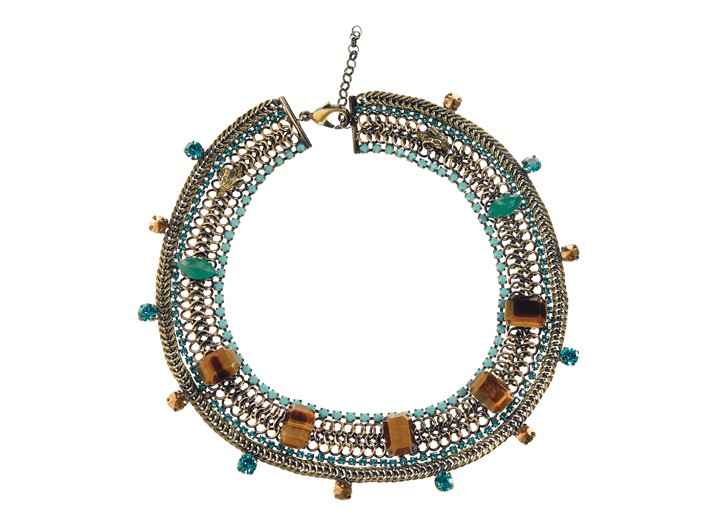
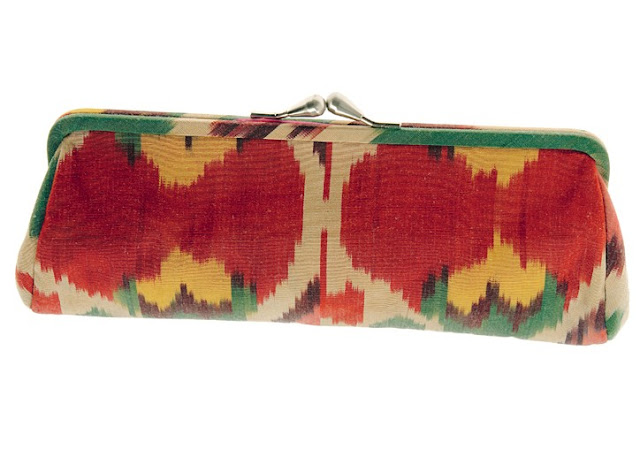
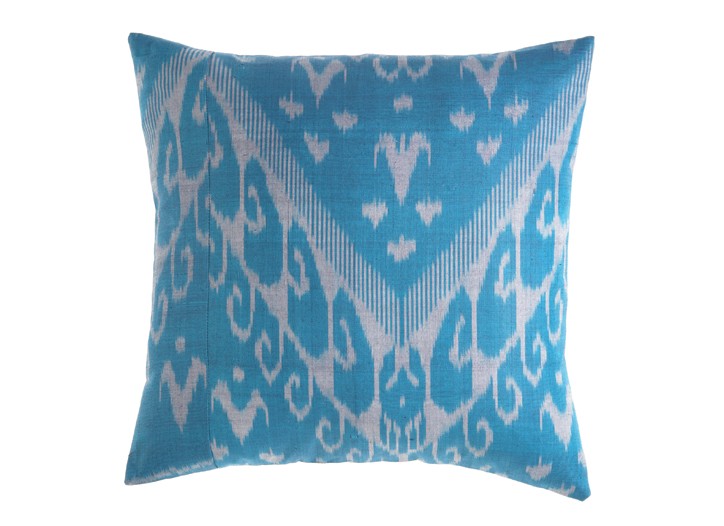
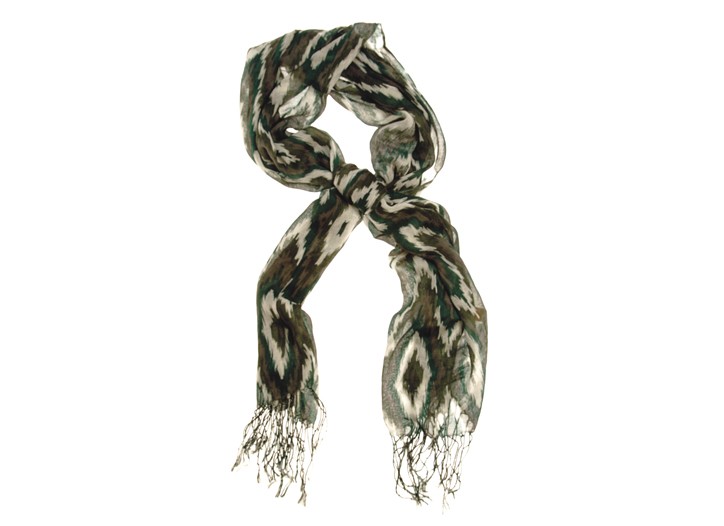
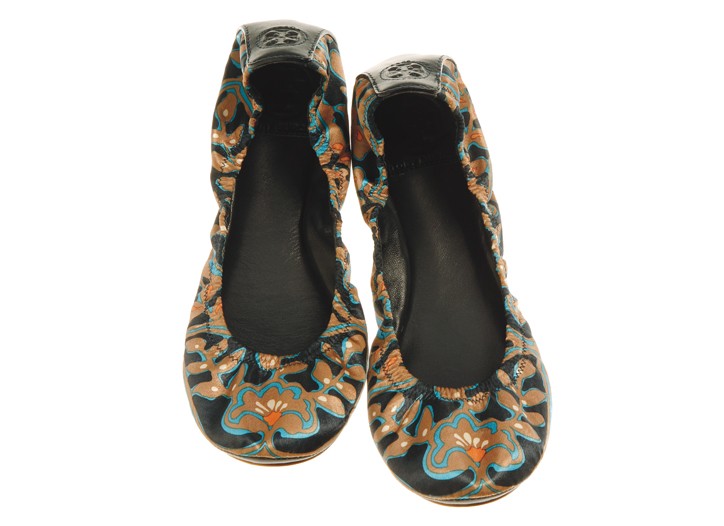

No Comments
Oh my Dior!
I love all this pieces!
have a great week!
http://www.ohmydior.org/
azu
These are such yummy prints! I could totally see myself rocking some of these outfits…especially the last one!
My boyfriend and I call them sheeple too! LOL. That's hilarious. It's funny how "sheep" rhymes with "sleep". Ever notice that?
PS. As I was researching what others thought about aluminum in deodorants (for my next post) I came across this article. Read it if you want to roll your eyes: http://www.truthinskincare.com/2008/01/will-my-deodorant-give-me-cancer-or.html
It AMAZES me that people won't stop to look at what they're saying or writing. Disinformation is everywhere. I guess it's up to us Sole Sistas to save the blogger world! 😉 Who would've thought, huh? We're just two girls crazy about fashion with a craving for truth.
xoxo always,
Azu
Shanicexoxo
Loving all of the prints!
—
Shanice,
♥ http://www.shanicexoxo.info
Claire
seriously love these prints. these are so much fun! i really want to get a sweater with batik on it!
spinning-threads.blogspot.com